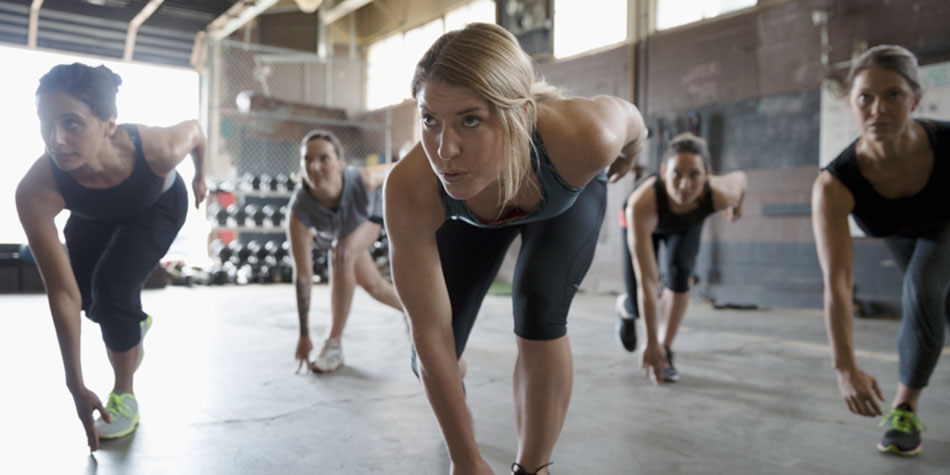
More and more athletic women and girls are injuring their knees, and females are participating in more sports than ever before like basketball, soccer and volleyball. Girls are competing in sports at a younger age and continuing to play well beyond their school years. There is growing evidence that women are 10 times more likely to suffer a knee injury such as an ACL (anterior cruciate ligament) tear than men playing the same sport! There are approximately 22,000 ACL injuries in female athletes each year from high school and collegiate sports. One out of 10 girls that compete collegiately in any sport will tear their ACL prior to graduation. The good news is that this injury is often preventable, and there are a few things that can be done to decrease the risk.
One reason for an increased risk of serious knee injuries among female athletes is the difference in the alignment of the female leg. The female pelvis is usually broader than the male pelvis, which creates a more “knock-kneed” alignment of the knee (valgus). This alignment is thought to put more stress on the ACL during twisting activities like cutting or changing direction.
A second reason is the area of the knee where the ACL resides (called “the notch” because it is a cave or notch in the femur bone). The notch tends to be narrower in females than in males. The bone can actually cut through the ligament if the knee hyperextends, so a notch with more room is less likely to do this. Also, estrogen seems to be associated with increased knee looseness (“laxity”), but it is not yet known if this predisposes toward tearing the ACL.
The third reason sports medicine professionals believe that ACL tears are more frequent in women is due to differences in strength and balance, termed “proprioception”. Some of this is thought to be that as children, boys tend to be more physically active than girls. Also, if an athlete lands in a flat-footed position rather than on the balls of their feet, there is an increased risk for ACL injury. The good news is that this can be changed in teens and adults via “proprioception” programs that involve plyometrics (jump training), and agility drills. Maximizing your speed and agility improves your sports performance, plus it lowers your risk of serious knee injury!
Two good examples of exercise programs that prevent knee injuries in athletes can be found at the Santa Monica Sports Medicine Foundation and the Kipp Institute for Sports Medicine.
So, while all athletes in agility sports such as soccer, basketball, etc. have a risk of tearing their ACL, this risk is higher in females. Some of the risk factors cannot be changed, but some can! So, take advantage of agility training programs (whether you are male or female) to minimize your risk.
Michael Simpson, DO
LewisGale Physicians
Family Practice & Sports Medicine
5570 Cougar Trail Road
Dublin, VA 24084
(540) 674-4560
$webqFacilityNumber
Need a Physician?